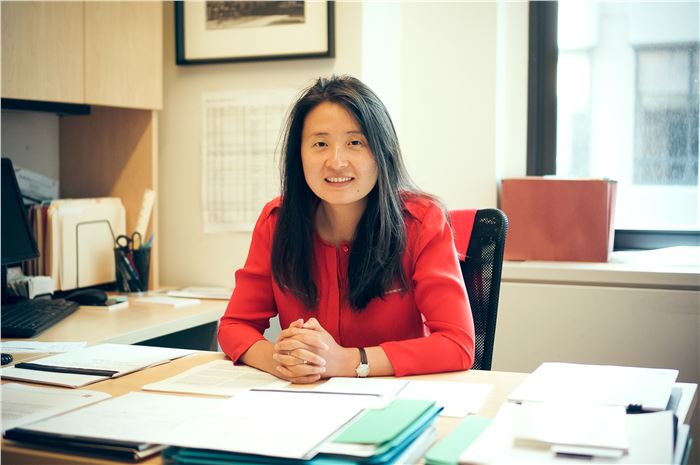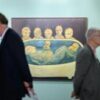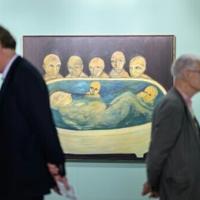An art historian and columnist based in New York, Kejia Wu has dedicated her career to the Chinese contemporary art scene and its market since the 1990s. Relocating to the United States fifteen years ago, she has amassed unique expertise over the years, publishing various reports, notably for TEFAF, and contributing to the Chinese edition of the Financial Times. She authored the first book on the modern history of the art market in China, A Modern History of China’s Art Market, which was published last year. In her work, Kejia Wu sheds light on a lesser-known historical episode: the confiscation of artworks and antiques by the Red Guards during the Cultural Revolution (1966-1976) and their partial restitution under the supervision of Xi Zhongxun (1913-2002), father of Xi Jinping. This period was succeeded by the gradual integration with Hong Kong’s art market and the emergence of the first Chinese auction houses from the 1990s onward.
In the ensuing interview, she delves into the historical, political, economic, and artistic implications of China’s art market, which has transitioned from near annihilation to securing the second position globally within half a century, with 19% of the world market in 2023 according to the Art Market Report 2024 by Art Basel & UBS.
 Portrait of Kejia WU. Courtesy of Kejia Wu
Portrait of Kejia WU. Courtesy of Kejia Wu
Remy Jarry: How does the Chinese art market differ from the Western market from a historical perspective?
Kejia Wu: Throughout the imperial dynasties to the Republican era of the first half of the 20th century, China has a continuous history of art collecting. However, there has never been an auction house like those in the West from the 18th century onwards. Art dealers and collectors primarily engaged in direct transactions among themselves.
After the founding of the People’s Republic of China in 1949, art collecting was gradually banned in the 1950s, as it was perceived to represent a capitalist and bourgeois lifestyle. Nonetheless, it was still possible to secretly exchange artworks. It was after the Cultural Revolution in 1966 that significant changes occurred, marked by campaigns encouraging Red Guards to forcibly enter collectors’ homes.
RJ: One of the chapters of your book is precisely devoted to these confiscations. How did they take place?
KW: Many of the private collections were confiscated by the Red Guards and placed in state-owned warehouses. Collectors were sometimes subjected to physical violence, including beatings. Artworks such as ink paintings or porcelain pieces were often destroyed, burned or smashed. If you were discovered attempting to sell art privately, you were arrested and imprisoned. Consequently, the market came to a full stop.
Starting in the early 1970s, state-owned antique stores, often called “friendship shops” (友谊商店), began to open, allowing foreign visitors to purchase antiques at low prices. Thus, state-controlled art trading activities became authorized, primarily aimed at generating foreign currency reserves for the state, which was facing great economic difficulties.
RJ: Are these confiscations from private collectors comparable to those of the Nazis?
KW: It’s not exactly the same thing since the Nazis took the art collections of Jewish families and invaded other countries. So, there were different intentions. In terms of ideological basis and social context, the situation in China was more akin to what happened in the Soviet Union. Class struggle was the driving force behind art confiscations in China.
Furthermore, most of the Red Guards were very young and had little or no knowledge of the works they destroyed, nor did they maintain clear records of confiscations. Although official data is lacking, the massive scale of destruction and confiscation undoubtedly ranks among the largest scales in East Asia.
RJ: A restitution process was formally launched by the State in the 1980s. What conclusions can we draw from it?
This post was originally published on this site be sure to check out more of their content





